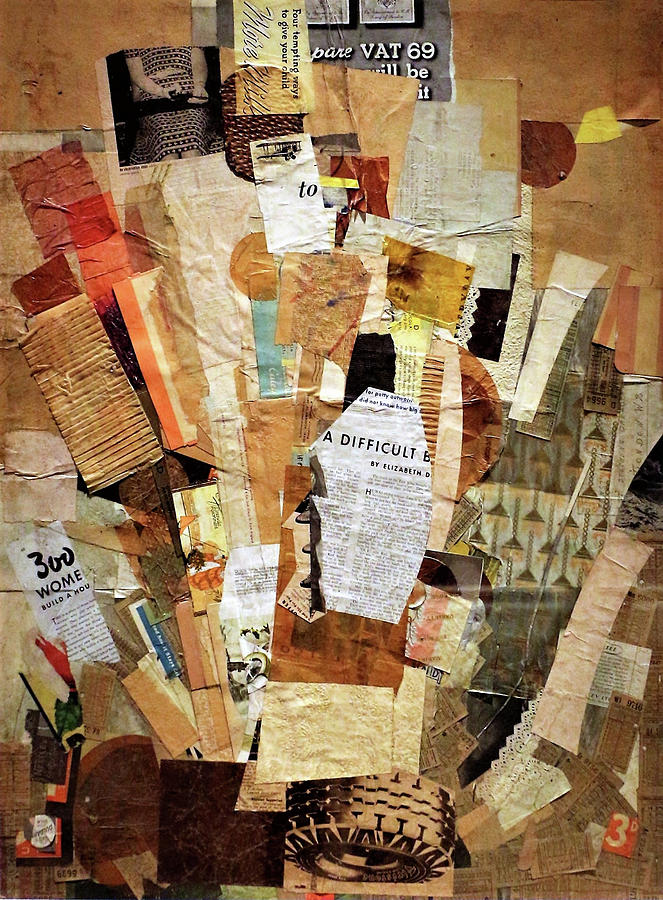
Sigmund Frud studied medicine in Vienna and earned a MD in 1881. During his studies he worked for the Vienna General Hospital in various departments including the Department of Psychiatry. He was made a Privatdozent at University of Vienna in 1885. Jean-Martin Charcot, a neurologist who taught Freud how to use Hypnosis to treat hysteria, was his mentor.
Superego
Controversial has been the Superego concept by Sigmund Frans Freud. The superego, according to psychoanalysts of recent years, is not an identification between a parent and a woman. Freud asserts that women’s superegos do not exist in isolation and are heavily influenced emotional responses. This concept has been criticised for its apparent sexism.

Complex Oedipus
Oedipus is a reference to the Sophocles tragedy Oedipus. Oedipus is left to care for his family and save the world. They become involved in a tragic circle, Oedipus accidentally killing his father and marrying the mother of his child. In this tragic story, Oedipus' mother, Electra, helps her husband kill his father. These two complexes collectively are called "Oedipal" or "Oedipaic", which refers to the underlying causes of Oedipus complex.
Libidinal energy
How does Libidinal Energy work? The Libidinal energie theory by Sigmund Fréud suggests that our mind's ability to access psychic energy is limited. This energy is referred to as libido, and it fuels our thought processes. It is important to understand that libido can be confused with autoerotism.
Symbolism
The theories of symbolism of Sigmund Frud have many applications. The symbolism of sexual intercourse is the rat, but the metaphors may not be as clear. Freud believed that symbols should be understood in context, not as a mere replacement for the 'enemy' they represent. Other things can also be symbolized by rats, such as penis, feces and babies.

Regression
Regression in Sigmund Freudian theory is a common psychological defense mechanism. A person can feel stuck in a stage of their development and regress. Some people regress due to mental health issues or traumatic events. Regression can also be used to cope with heartbreak. Sandor Ferenczi, a psychoanalyst who stressed the importance regression in psychotherapy, believed that nurturing patients would encourage regression.
FAQ
Why is pop music so beloved?
Pop music is fun because it is entertaining! Pop music makes you happy and gives you a sense of freedom. Pop music is a popular choice and people can think about whatever they want. They don’t have to worry what other people think. And this is why pop music is so popular. People love songs that make them happy. You can turn the radio on if you feel down. You might even find yourself singing along. This is why pop music has been so successful over the years.
What is music's popular culture?
Popular Music Culture can take many forms.
Popular music culture is defined by its use of certain styles of music (e.g., rock, jazz) and lyrics. It also covers the influence of visual media like film, television, fashion advertising, and so on, on artists' careers as well as public perception.
It's also about how fans interact with their favorite artists.
One aspect of popular music culture is the rise of "superstars," artists who have achieved fame, fortune, and status for themselves.
These celebrities often transcend genres to become cultural icons. The evolution of popular culture has been influenced by their popularity.
Other elements of popular culture in music include:
* The rise and development of recording technology, from acoustic instruments through to electric guitars or microphones.
* The invention of the record player and the radio;
* The birth of the rock 'n roll era;
* The introduction of TV and film;
* The birth of MTV/VH1;
* The creation the internet.
What examples of pop culture are there in 2021?
Two hijacked airplanes from terrorists crashed into New York City's twin towers on the 11th September 2001. 9/11 was the day that would change history.
These events have had a profound impact on popular culture, and they continue to have an influence today. We can see many ways the event has influenced lives.
This includes television programs like 24 and movies like United 93 that tell the story the what happened during the flight between Boston and Los Angeles on 9/11. You can also find books such as The Forever War, by Dexter Filkins.
Everyone can remember exactly where they were when the attacks occurred. Some people got up and went outside, while others read the newspapers or watched TV.
Pop culture is something that changes every year. It is both a reflection of society, and it can also be a source for inspiration. How will popular culture change next year? It's too early to tell. All we know is that it will be different than it was before.
How can I make pop culture part of my marketing strategy
Understanding pop culture trends is key to understanding how to incorporate it into your marketing strategy.
For example, let's say you wanted to promote a new movie. What type of promotion could you offer?
You could create a trailer with clips taken from the film. You could even find a clip with one of your products or services that you can use in the video.
Another option is to create a parody trailer using clips from other movies.
If you were promoting a product or service that related to the film's theme, then you could create a promotional campaign based on the movie's plotline. If the movie takes place in outer space, for example, you might advertise a product that aids astronauts to stay healthy while they travel through space.
You could promote your business based on the movie's storyline if it was connected. If your company sells food products, you might offer customers free samples if they buy tickets to the movie.
What is pop media culture?
Pop culture is all around. It is everywhere we go: TVs, radios and films, music, magazines, newspapers and websites, as well as social networks. It surrounds us all day. Pop culture influences everything, from clothes to music and language to politics and religion. What then is pop culture? Wikipedia states that pop culture refers to products and ideas designed for mass consumption. This term is often used to refer to TV shows, movies and music. Pop culture does not only include entertainment. Pop culture refers to everything that's consumed by the masses. This includes fast food and video games as well as toys and clothing.
Is Tik Tok pop-culture?
Yes! It's no longer just for teens. You can share these videos with your friends to express yourself, show off, or just for fun.
More than 200 million people use the app every day all over the globe. Each day, the number of users grows by millions.
This makes TikTok an incredible opportunity for brands to connect with consumers and build meaningful relationships.
TikTok is also home to many influencers who have built massive followings on the platform. These creators create original content which engages audiences around the globe.
So, what are you waiting? If you want to take advantage of this trend, here are four ways to do it.
-
You can create viral content
-
Engage Influencers
-
Use Visuals Effectively
-
Be Creative With Your Audience
What are some examples of pop culture in today's world?
Pop Culture refers to the art form of 21st century. It includes all types of entertainment including music, film TV, videogames, fashion and advertising. Author Neil Postman coined the term in his book Amusing Ourselves To Death (1985). Pop is a form of mass communication that employs cheap tricks and formulaic tools to create the illusion of spontaneity or uniqueness.
However, he said that most people don’t enjoy true enjoyment because their culture has conditioned them to want media experiences that make it seem superior to others. He also argued that cultural expression has contributed to the decline in critical thinking skills among young adults.
Pop culture can also be referred to by the terms popular culture or consumerism.
Statistics
- In 1987, US films captured 56% of the European film market. (socialsci.libretexts.org)
- According to CNBC.com, “more than 70% of the film's revenue came from countries outside the US” (https://www.cnbc.com/2019/01/08/aqua...nal-sales.html, ret. 8/18/19). (socialsci.libretexts.org)
- Latinos represent roughly 19% of the U.S. population. (npr.org)
- For example, the term hater meaning someone who strongly undermines or criticizes others, often due to pathetic jealousy, likely emerged from hip hop culture, such as the term playa hateras, used by influential rapper Biggie Smalls as early as 1995. (simplicable.com)
- [17][18][19]Definition[edit]According to author John Storey, there are various definitions of popular culture. (en.wikipedia.org)
External Links
How To
What is popular culture?
Popular culture is all around us. It is everywhere. Books, music, movies, TV shows, videos, games, social networking sites, and so on.
Popular culture influences our lives. What we read in magazines, hear on the radio and see on TV influences our daily lives. We watch television, go shopping with friends, enjoy parties, get to know people online, surf the Internet, and play video games.
However, just because something is popular does not mean that it is good for business.
That's where media technologies come into play. They enable us to tap into popular culture in a way which helps us connect with our customers.
Media technologies can be used to:
-
Create content about products and services
-
Engage audiences with their favorite musicians, actors, and authors
-
Promote brands and businesses
-
Advertisement
-
Track consumer trends
You need to be familiarized with popular culture if you want to grow brand awareness, get more customers, generate leads or increase customer loyalty. You can do that by using media technologies.